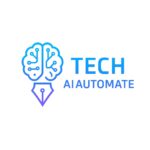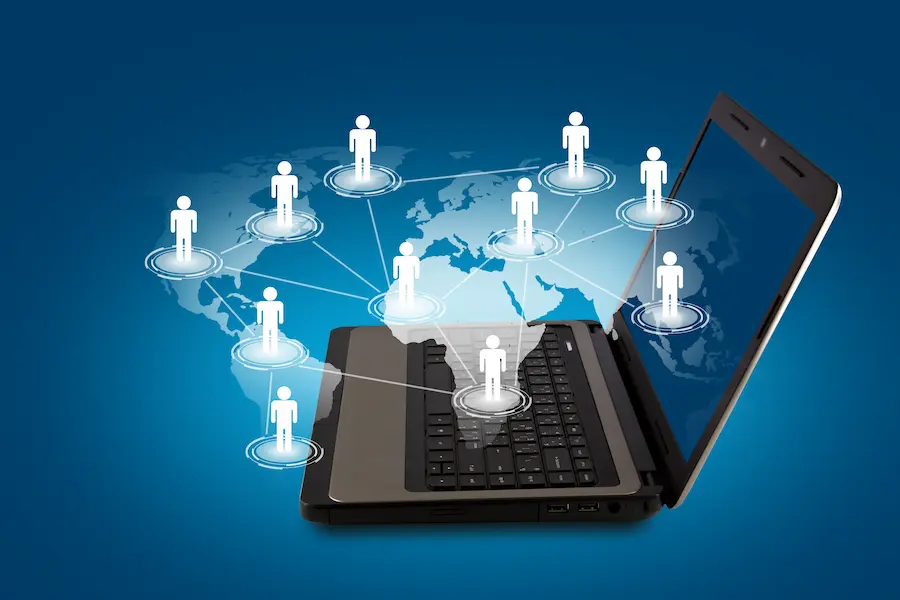Technology is evolving at an incredible pace, and one of the most significant developments is the rise of multi-tech. This term refers to integrating multiple technologies to create smarter, more efficient systems. From healthcare to smart homes, multi-tech is transforming industries, and in this article, I’ll explain why it’s more than just a trend it’s a powerful force that will reshape the future.
What Is Multi-Tech? A Simple Breakdown
Multi-tech combines technologies like artificial intelligence (AI), the Internet of Things (IoT), and blockchain into a unified system. This integration enables industries to leverage the strengths of each technology for more effective solutions.
In healthcare, for example, AI diagnostics, IoT health monitors, and blockchain for secure data storage work together to provide an efficient system, much more powerful than each technology acting alone.
The History and Evolution of Multi-Tech
Technology integration is the result of decades of progress in technology. As the internet, cloud computing, and data processing improved, integrating technologies became increasingly viable. Over time, AI, machine learning, and IoT matured, making multi-tech systems essential. The advent of 5G networks, offering faster speeds and more reliable connections, has further accelerated the growth of High-tech systems.
The Power of Integration: How Multi-Tech Works
Multi-tech thrives on integration. Instead of using one technology at a time, multiple systems combine to function as a cohesive whole. For example, smart cities use IoT devices to monitor traffic, AI to optimize energy use, and blockchain for secure transactions. Integrating these technologies leads to more efficient and sustainable urban environments.
The integration of technologies is a collaborative process each piece works independently, but together, they form a more efficient, powerful system. These systems allow real-time data exchange, boosting speed, accuracy, and efficiency.
Applications of Multi-Tech in Real Life: High-tech’s potential applications are vast. Here are a few examples:
1. Healthcare
In healthcare, multi-tech combines AI for diagnostics, IoT for real-time monitoring, and blockchain for secure data management. This integration leads to faster diagnoses, more personalized care, and improved data privacy.
I’ve personally used IoT devices to monitor my health and recognized the importance of data security. Blockchain ensures that health data remains safe and private, building trust in the system.
2. Smart Homes
Tech Integration makes everyday life more convenient in smart homes. By combining AI, IoT, and cloud computing, these systems automatically manage lighting, security, and temperature, adapting to your preferences.
I tested a smart home setup, and it’s impressive how it adjusts to my routine lights automatically turn on when I enter, and the thermostat adjusts before I arrive.
3. Autonomous Vehicles
Autonomous vehicles use AI, IoT sensors, and mapping technology to navigate without human input. They analyze traffic in real-time, make decisions based on sensors, and communicate with other vehicles to optimize road conditions.
When I first saw a self-driving car, I was amazed by how these technologies combined to improve safety and traffic management. It’s clear that High-tech is driving improvements in transportation.
The Benefits of Multi-Tech Solutions: High-tech offers several key benefits:
1. Enhanced Efficiency
By integrating technologies, multi-tech systems automate processes and reduce errors. For example, in logistics, AI optimizes routes, IoT tracks shipments, and blockchain ensures secure transactions, leading to faster, more efficient supply chains.
I’ve witnessed firsthand how automation powered by High-tech reduces human error and increases productivity, especially in time-sensitive industries like logistics.
2. Improved Accuracy and Reliability
Combining multiple technologies improves data accuracy and reliability. AI processes large datasets in real-time, while IoT sensors provide continuous updates, ensuring systems run smoothly.
3. Better User Experiences
Multi-tech enhances user experiences by making devices smarter and more intuitive. For instance, voice assistants like Alexa combine AI and IoT for hands-free control, simplifying everyday tasks.
Challenges of Implementing Multi-Tech Solutions
The integration of multi-tech systems presents challenges. Each technology has its own protocols, which makes combining them complex. Additionally, with so many connected devices, the risk of cyberattacks increases. Securing data and systems is essential for the success of High-tech solutions.
The Role of AI and Machine Learning in Multi-Tech Solutions
AI and machine learning are integral to multi-tech innovation. AI analyzes vast datasets and makes real-time decisions, while machine learning improves systems over time by learning from past data.
These technologies are already transforming industries like healthcare, where real-time data analysis is critical for smarter decision-making.
Blockchain’s Impact on Multi-Tech
Blockchain plays a crucial role in multi-tech by providing a secure, transparent way to manage data. In finance, it ensures secure transactions, and in supply chains, it tracks products in real-time. When combined with AI and IoT, blockchain strengthens the security and reliability of High-tech systems.
The Environmental Impact of Multi-Tech
Multi-tech can have both positive and negative environmental effects. Technologies like smart grids and smart cities can help reduce energy consumption and promote sustainability. However, the energy demands of data centers and IoT devices can lead to higher consumption. As High-tech grows, industries must focus on sustainability and minimize the environmental impact of these technologies.
The Future of Multi-Tech: What’s Next?
The future of Multi-Technology is promising. As industries continue to adopt these systems, we can expect innovations in healthcare, transportation, and smart cities. The integration of AI, IoT, and blockchain will open new possibilities, enabling smarter systems.
The rise of 5G networks will further enhance High-tech systems by enabling faster, more reliable communication between devices, making real-time integration possible across more industries.
Conclusion: Embracing the Future of Multi-Tech
As multi-tech continues to evolve, it will reshape the way we live, work, and interact with the world. By combining technologies, we can create smarter, more efficient systems that drive innovation across industries. While challenges remain, the potential of High-tech is vast, and we’re only beginning to unlock its full capabilities.
Tech Integration will define the future of the digital landscape, empower businesses, and improve quality of life globally. It’s time to embrace its potential and explore the possibilities it offers.
Read Also:iOS 26 [Latest Version] Features and Updates: Powerful Insights You Need to Know

